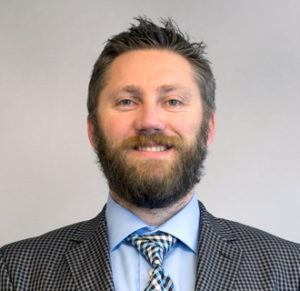Today, we conclude the series on the study by the Office of Inspector General: “ACOs’ Strategies for Transitioning to Value-Based Care: Lessons From the Medicare Shared Savings Program.” Each installment covered a different strategy that 20 high-performing Accountable Care Organizations (ACOs) implemented to attain success. To bring things to a close, we are discussing how the use of technology to share patient information led to enhanced communication, cooperation, and savings.
Access to shared clinical and financial claims data provides a baseline for a patient’s cost and utilization numbers. Knowing where a patient stands in terms of their medical history and emergency service usage allows physicians, care managers, and ACO leaders to decide how to manage their needs best and formulate initiatives. The ACOs in the study used two main approaches to share patient information:
- Using one electronic health record (EHR) system, or developing unique systems for communication
- Using health information exchanges (HIEs) for both state and regional data systems to communicate with outside providers
Using an EHR or Different System to Communicate
Interoperability is at the core of successful ACOs, and the organizations in the study faced it head-on. As healthcare continues to evolve, the use of EHRs to share data is nothing new. While some of the chronicled ACOs leverage a single EHR vendor for capturing clinical data, many have several disparate EHRs. These ACOs chose to be innovative, and devised a secure system to exchange messages or share data, and even embed them into their EHRs. Others utilize data warehouses to store patient medical information, which mainly benefits specialists and primary care physicians.
Using a data warehouse, ACOs have been able to combine clinical data from across several EHR vendors. At Lightbeam, our Enterprise Data Warehouse (EDW) can unify clinical, claims, HIE, and other data from different sources to provide an interoperable solution regardless of the existing IT environment. The EDW allows users to have access to information from across the care continuum to aid in efficient decision-making.
State and Regional HIEs
State and regional HIEs transmit health data. Half of the ACOs in the study utilized them to share information with providers outside of the organization.
“These exchanges, which are created through State or regional public-private partnerships, are designed to help providers share patient clinical information in a timely and coordinated manner. They generally include real-time reports on hospital admissions, discharges, and transfers.”
The ACOs can easily track beneficiary utilization through the use of an HIE and connect with outside providers and hospital systems. However, this is not the path for everyone. Certain areas do not have an HIE or, if they do, many find it challenging to use. A lack of data can mean outside providers are not informed on a patient’s condition, utilization, or needs.
One specific ACO ran into a roadblock with their region’s HIE because it required every patient to consent to it, which was a tedious process when HIEs are supposed to be real-time and instant. They took steps to partner with hospitals or state HIEs in their area to leverage HL7 ADT feeds. These notifications alert ACO providers when their patients are admitted, transferred, or discharged from hospitals to trigger clinical workflows that improve care and can communicate with their patients. Lightbeam can accept these ADT or HIE data feeds to automatically trigger TCM (Transition of Care Management) workflows to ensure that patients leaving a hospital setting receive the care they need, preventing hospital readmissions and the costs associated.
There can be frustration when it comes to finding the best technological solution due to the many contingencies. These ACOs demonstrated admirable flexibility and adaptability when they had to change course.
Thanks for following along with our series on the OIG study. These strategies resulted in immense savings for the participants in the Medicare Shared Savings Program (MSSP) and raised the quality of care and positive experience for beneficiaries. Stay tuned for our upcoming e-book compiling all of these installments, available soon for download.
The full study can be found at https://oig.hhs.gov/oei/reports/oei-02-15-00451.asp

Mike Hoxter is Lightbeam’s Chief Technology Officer.
